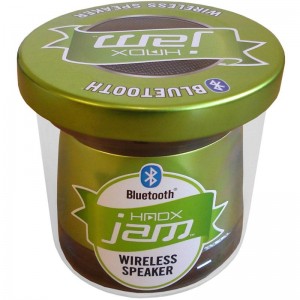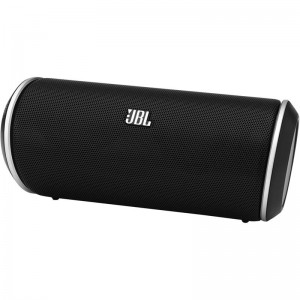This is a sponsored post. To find out more about sponsored content on Technology Bloggers, please visit our Privacy Policy.
Years ago the thought of having a speaker system that you could carry around with you without any wires was alien. The days of big bulky Hi Fi systems that take up half of your room are long gone; there is a new kid on the block, the wireless speaker. This has revolutionised the industry and now allows anyone, no matter what their budget, to share and enjoy their music with friends and family.
The first loud speaker was invented by Johann Philipp Reis in 1861, when he installed it into his telephone. Alexander Graham Bell patented his first electric loud speaker as part of the telephone in 1876. This then changed the way we could listen to sound and thus a new industry was born in the form of speakers. Technology has come a long way in such a short space of time and now we have a wide range of wireless speakers to choose from. Below are two of the leading players in the market.
HMDX Jam Bluetooth Wireless Speaker
 If you are looking for an ultra-compact wireless speaker that packs a punch, at an affordable price tag, you can’t go far wrong with the Jam. This speaker can be used with a range of devices including smartphones, tablets, MP3 players and laptops.
If you are looking for an ultra-compact wireless speaker that packs a punch, at an affordable price tag, you can’t go far wrong with the Jam. This speaker can be used with a range of devices including smartphones, tablets, MP3 players and laptops.
With it having up to 30 feet range it makes it perfect for a host of situations whether in the house or down at the park. The HMDX Jam Bluetooth wireless speaker available from Superfi can run up to four hours when wirelessly connected to a Bluetooth device. It can also have a wired connection via its stereo mini jack connection with up to 12 hours playback. This is the perfect speaker if you want top quality sound without having to break the piggy bank.
JBL Flip Bluetooth Wireless Speaker
This speaker is slightly higher in price but you also get a lot more for your money. It has an impressive 5 hours of wireless playback due to its rechargeable Lithium Ion battery. The JBL Flip Bluetooth wireless speaker available at Superfi also comes with a built in microphone with a call answer button, mening it doubles up as a hands-free calling system. Don’t be fooled by the Flip’s diminutive dimensions, this little gem punches way above its weight. It has an integrated bass port and two twin 38mm drivers which provide a powerful crisp sound with outstanding clarity. The Flip is definitely at the higher end of the market, but if you have a little bit more money to spend you won’t be disappointed with this investment. Wireless speakers are a fantastic way of playing your entire music collection on the move without the discomfort of ear phones. They are the perfect addition for any social occasion and there compact design makes them easy to transport. To put one of these speakers above the other one is an impossible task. They are both at different ends of the market. The one thing that makes them the same, is they offer outstanding value for money, whichever one your budget can stretch to.
Wireless speakers are a fantastic way of playing your entire music collection on the move without the discomfort of ear phones. They are the perfect addition for any social occasion and there compact design makes them easy to transport. To put one of these speakers above the other one is an impossible task. They are both at different ends of the market. The one thing that makes them the same, is they offer outstanding value for money, whichever one your budget can stretch to.

